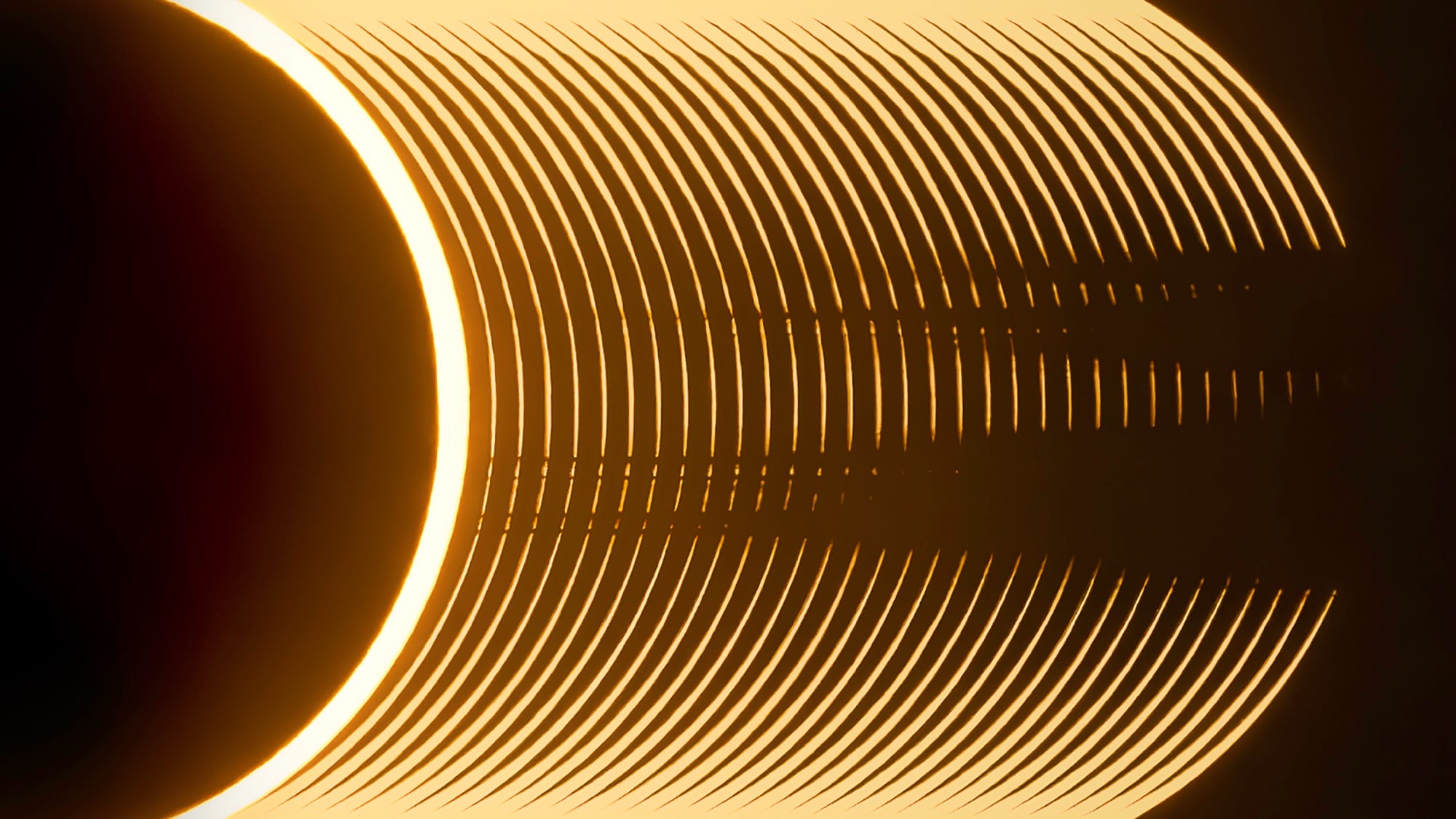
[ad_1]
October 14, 2023, marked the annual solar eclipse in the U.S. For photographer Ryan Imperio, the event also ushered in a rare opportunity to capture the progression of Baily’s beads.
Appearing like glimmering rings, Baily’s beads occur when the sun shines through the valleys and craters on the moon’s surface, allowing light to leak through the mass darkening event. Imperio documented the perfect half-rings from a spot in Odessa, Texas, piecing together about 30 images into a brilliant, repetitious composite that won him the 2024 Astronomy Photographer of the Year.

“What an innovative way to map the moon’s topography at the point of third contact during an annular solar eclipse,” said Kerry-Ann Lecky Hepburn, who judged the competition. “This is an impressive dissection of the fleeting few seconds during the visibility of the Baily’s beads”
Hosted annually by Royal Museums Greenwich, this year’s contest garnered more than 3,500 entries from photographers in 58 countries. From the bright green Aurora Borealis dancing above an Icelandic mountain to the International Space Station transiting the sun, the winning images are a humbling and awe-inspiring glimpse at the vast galaxies and remarkable phenomena in our universe and beyond.
If you’re in London, see this year’s top photos at the National Maritime Museum. Otherwise, find our favorites below.








[ad_2]